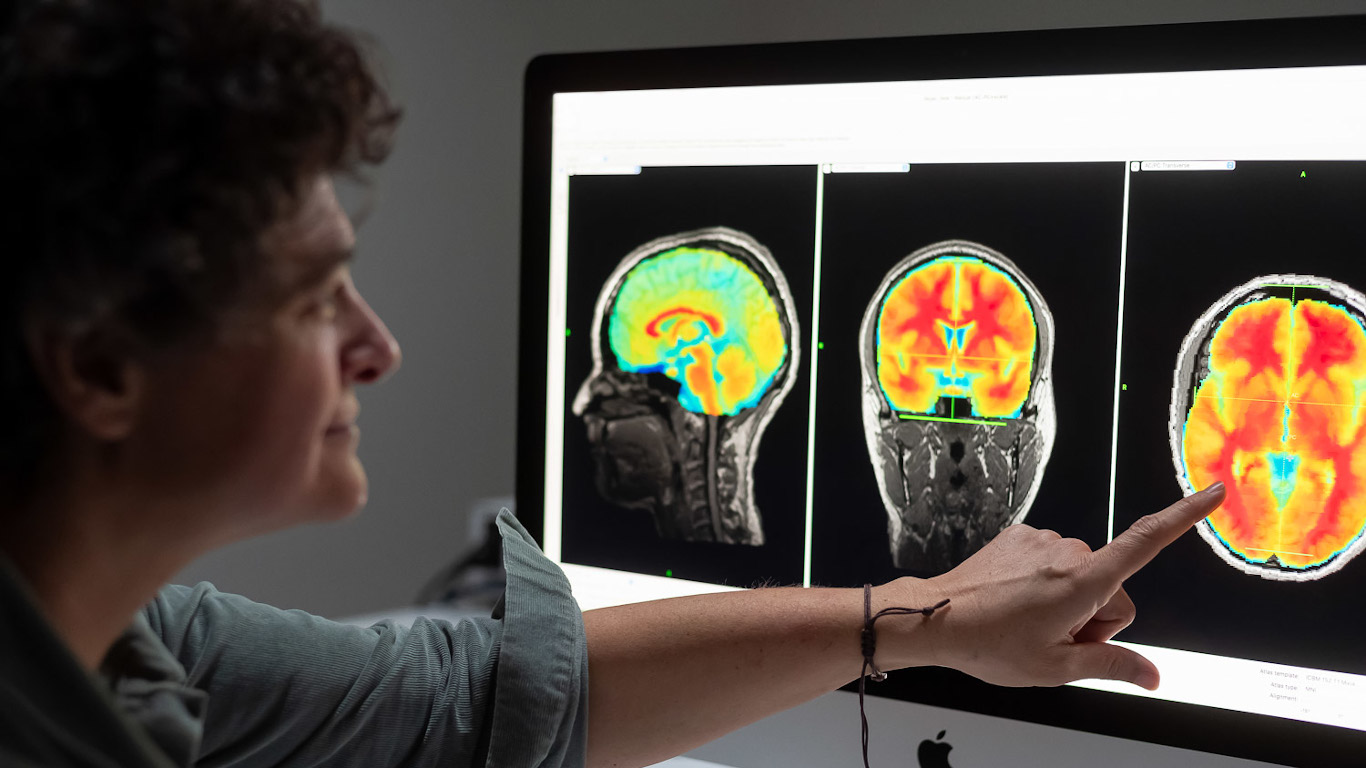
Consciousness, Learning and Control
This line aims to shed light on how the brain affords consciousness.
Central questions are:
- How does consciousness interact with attention?
- What is the role of the different attentional networks in conscious vs. unconscious processing?
- How does implicit learning relate to consciousness and control?
- How does control modulate the expression of automaticity, and implicit vs. explicit learning?
- What are the neural basis of cognitive control across different domains?













